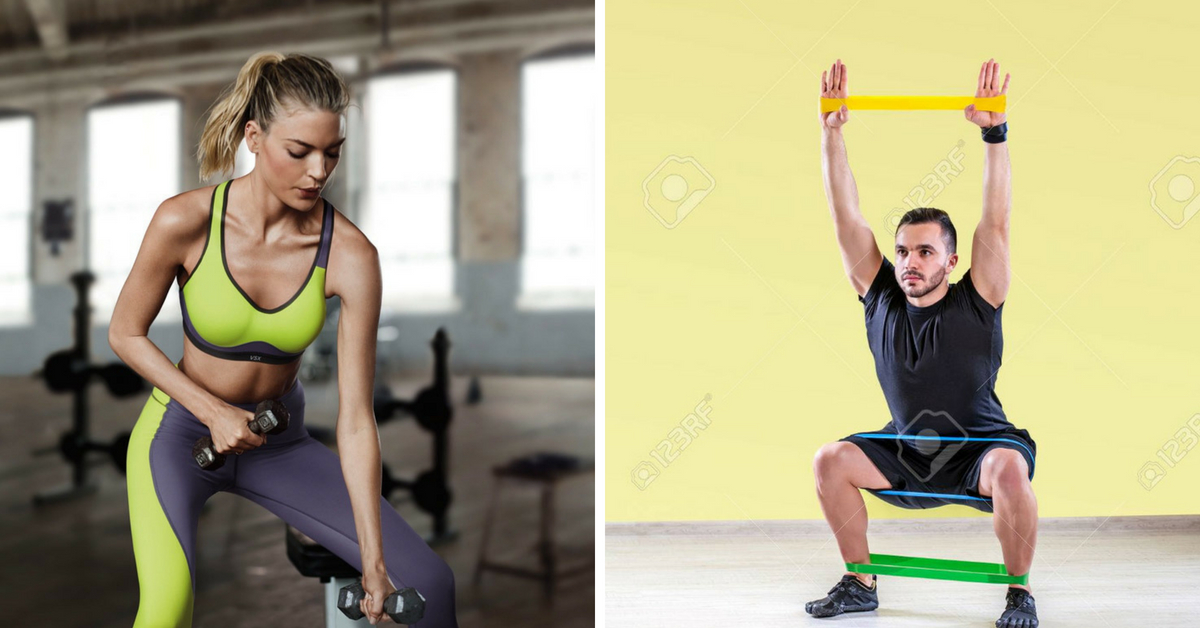Sometimes, your body feels sore after taking on a new activity or going through a tough workout. Well, this is a sign that you have exerted so much effort and worked so hard.
However, some people consider it a nuisance, which could make other tasks more difficult to accomplish. True enough, muscle soreness that usually lasts to a day or two can affect your daily routine regardless of how fit you are.
If you want to get over that body soreness after a workout quickly, these five tips might help you. The next time you put on those jogger pants or athletic joggers to hit the gym, make sure you remember these techniques.
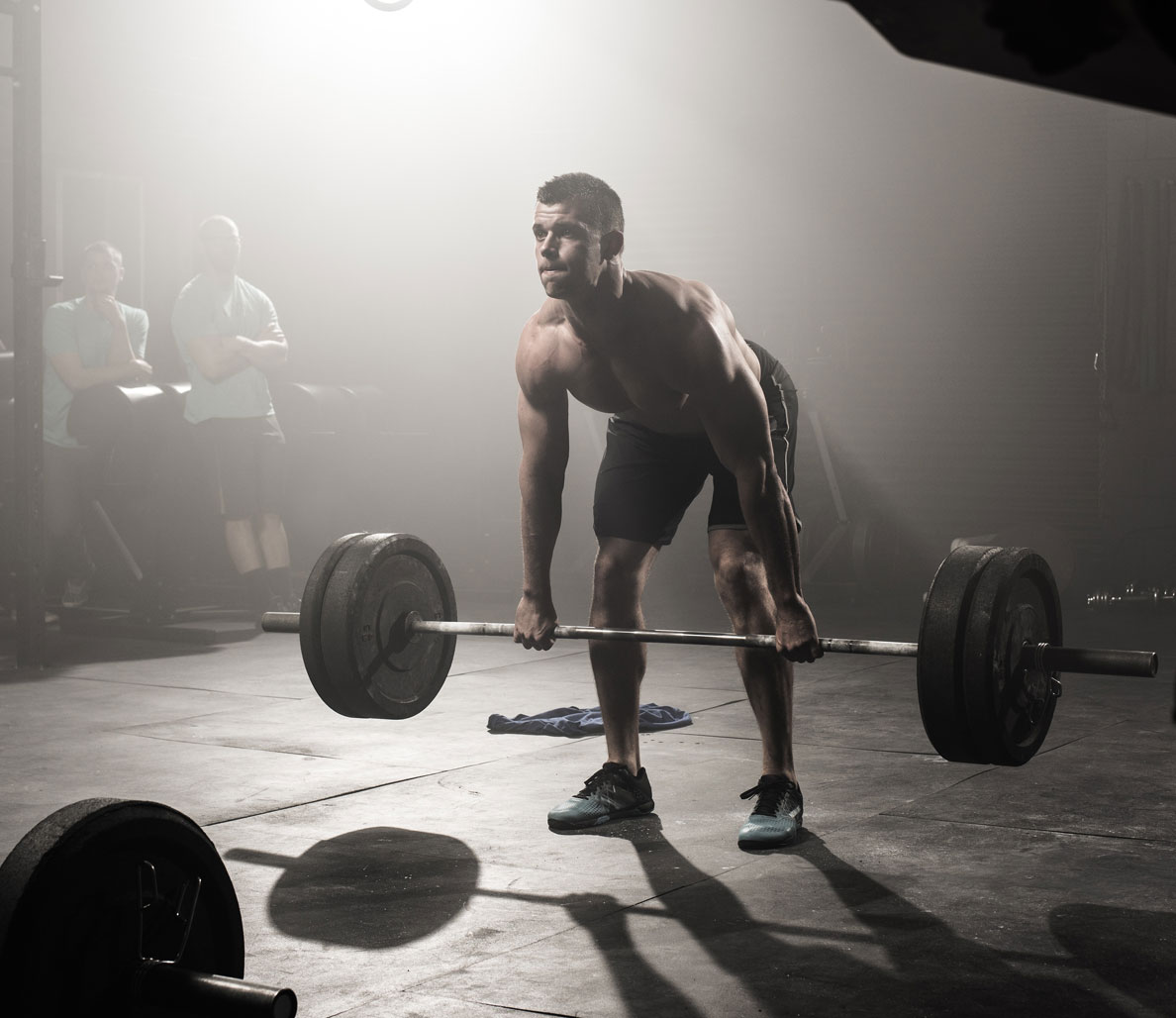
If someone changes their routine and rhythm in their workout exercise, it would normally result in post-workout body soreness.
But you should not worry as this condition usually happens and does not last long. More importantly, it is a good sign of fitness improvement. Here are now the best ways to get rid of soreness after a workout:
1. Cool-down or Stretch
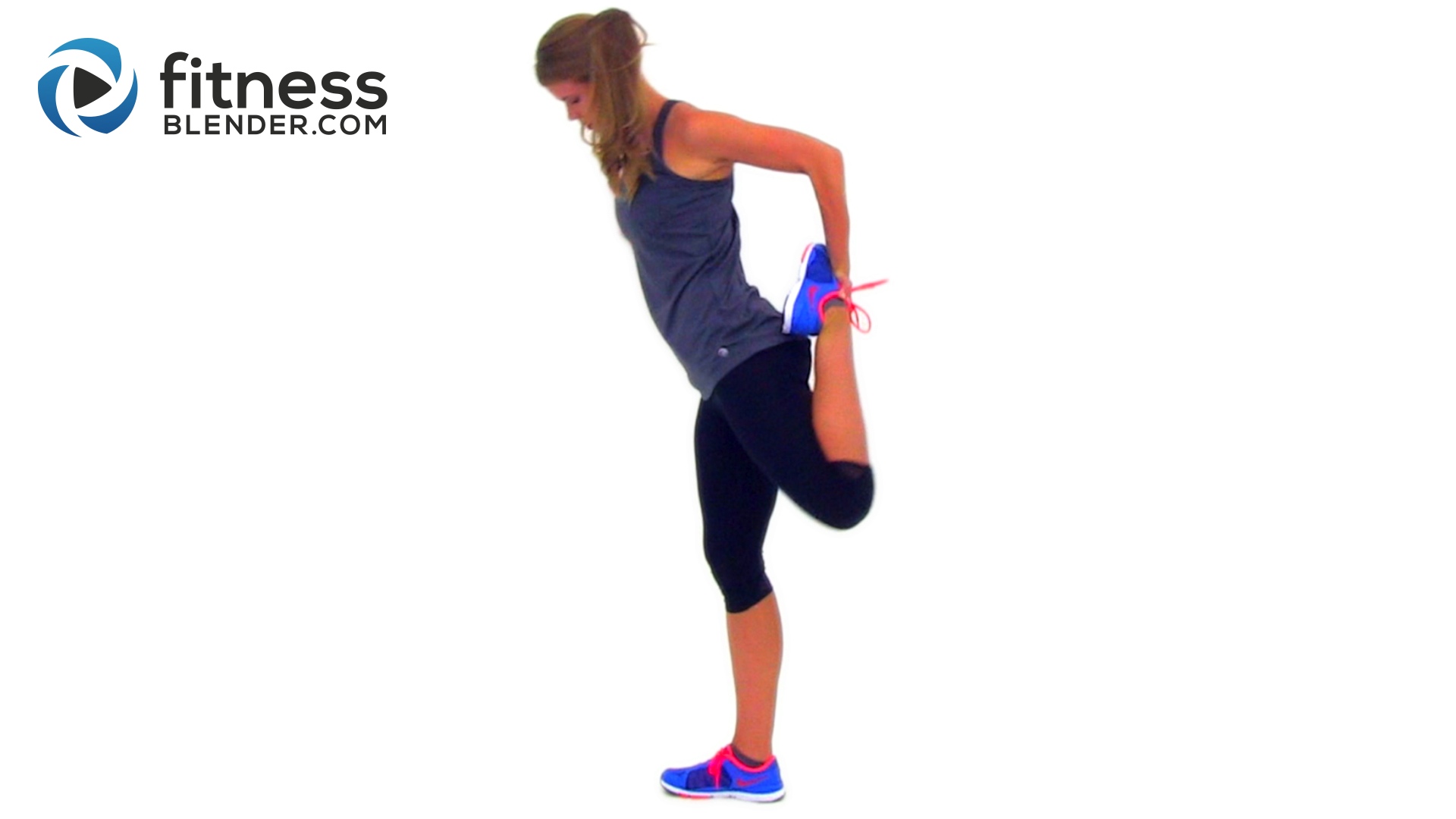
During training, your muscle requires to work harder than they are used to during light activities. This is why it results in little damage to your muscles, which gives you the feeling of soreness or stiffness. To reduce pain, make sure that you don’t head home after a workout. Instead, take a few minutes to cool down. Many people disregard the importance of this activity. Cooldown helps you to avoid headaches and dizziness as it regulates blood circulation and slows down your heart rate and breathing. It also returns the muscles to their optimal length-tension ratio.
2. Apply Hot or Cold Compress
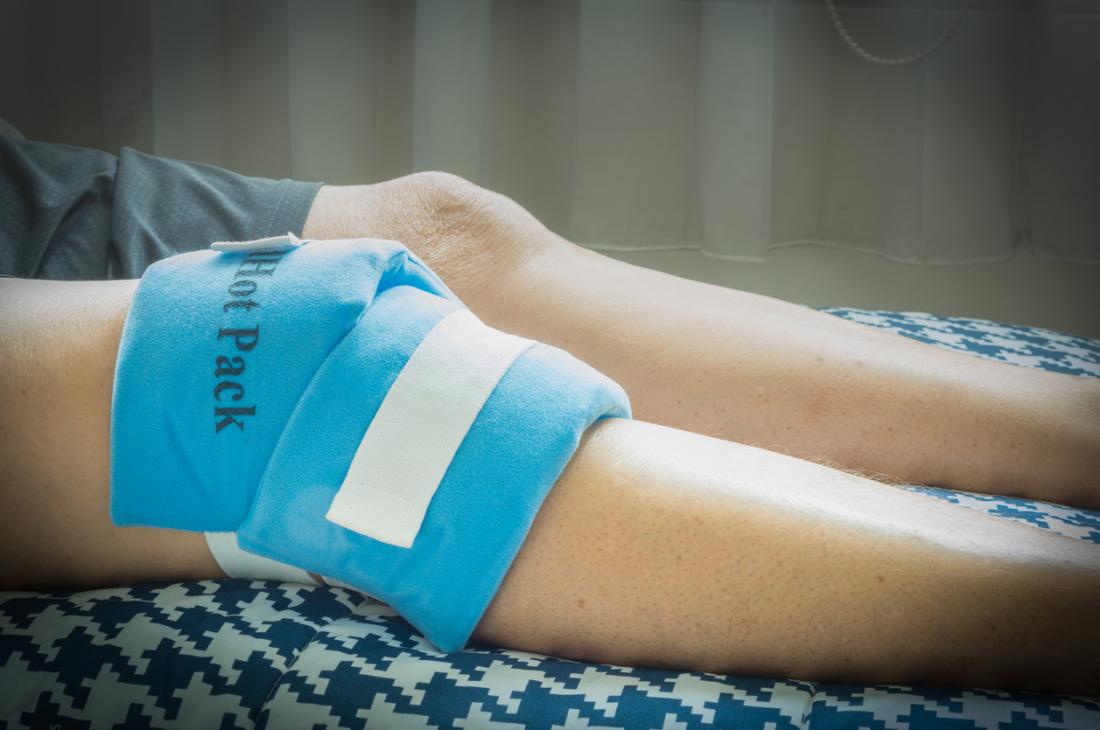
One of the best ways to relax the muscles and the joints is by alternating cold and hot compress. Their ability to penetrate our skin and underlying tissues helps increase the blood flow and reduce metabolic rate and inflammation. They are typically used to treat muscle strains and spasms. After an intense workout, apply first a cold compress to selected areas then a hot compress after 20 minutes. If there is an injury, apply cold compress only.
3. Get a Massage

Studies have proved that massage is an effective way to reduce muscle tension, stress, and pain. It helps ease the inflammation by limiting the release of cytokines. There are plenty of types of massage you can choose from. Ask a physical therapist what best fits you after you finish an intense exercise.
4. Foam-rolling
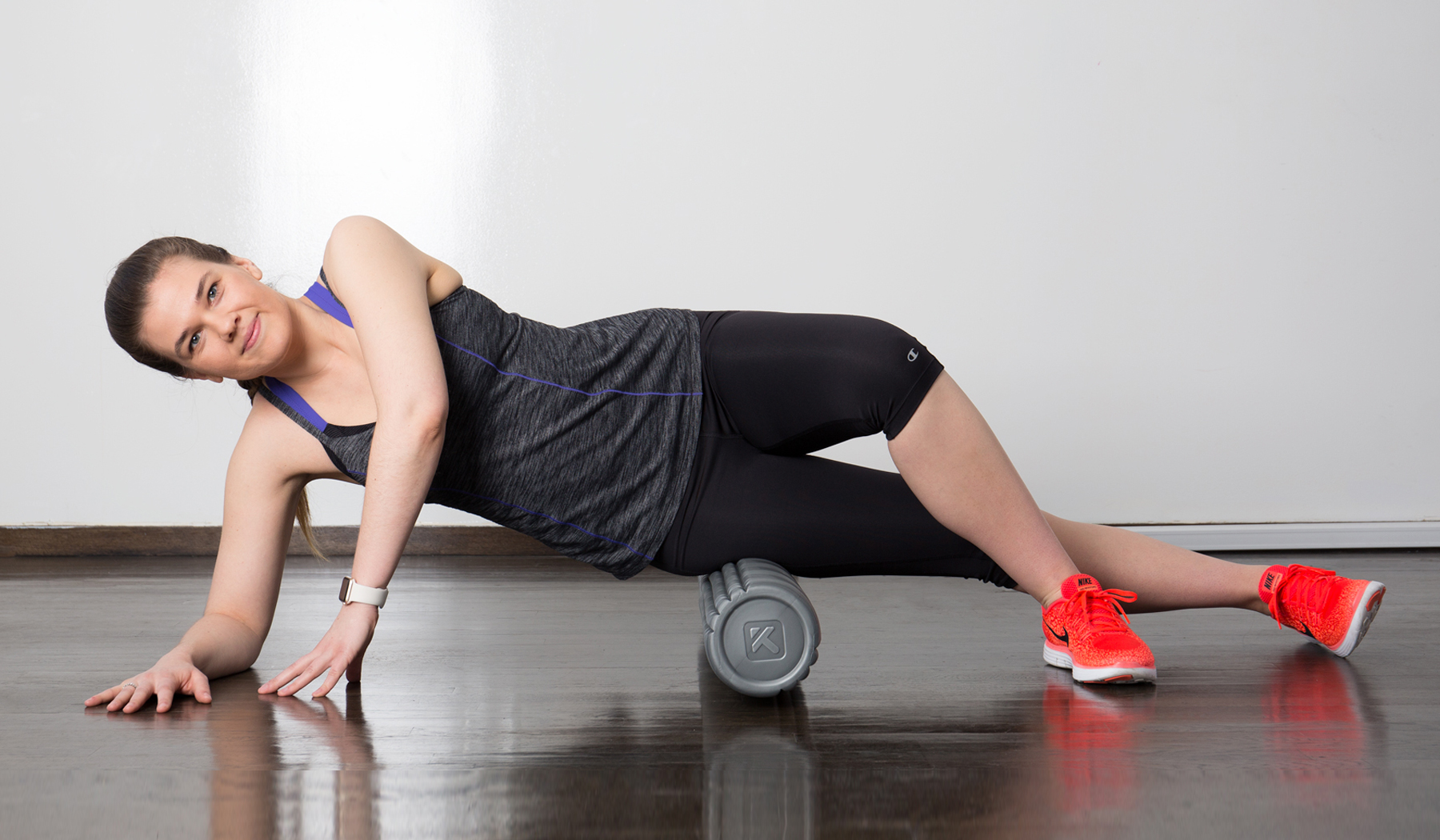
This is basically a type of massage, but you have to this one on your own. So if you don’t want to hire a physical therapist, foam-rolling is an excellent option while rocking your cheap joggers or your best joggers. Through this, you can also target specific muscles and reduce the tension through a foam roller.
5. Eat muscle-friendly foods

The food you eat has always a big impact to your body before and after training. Since we are talking about muscle soreness, it is best to eat foods that will help your muscles repair and reduce stiffness. In this case, protein-rich and potassium-rich foods will help you a lot.
